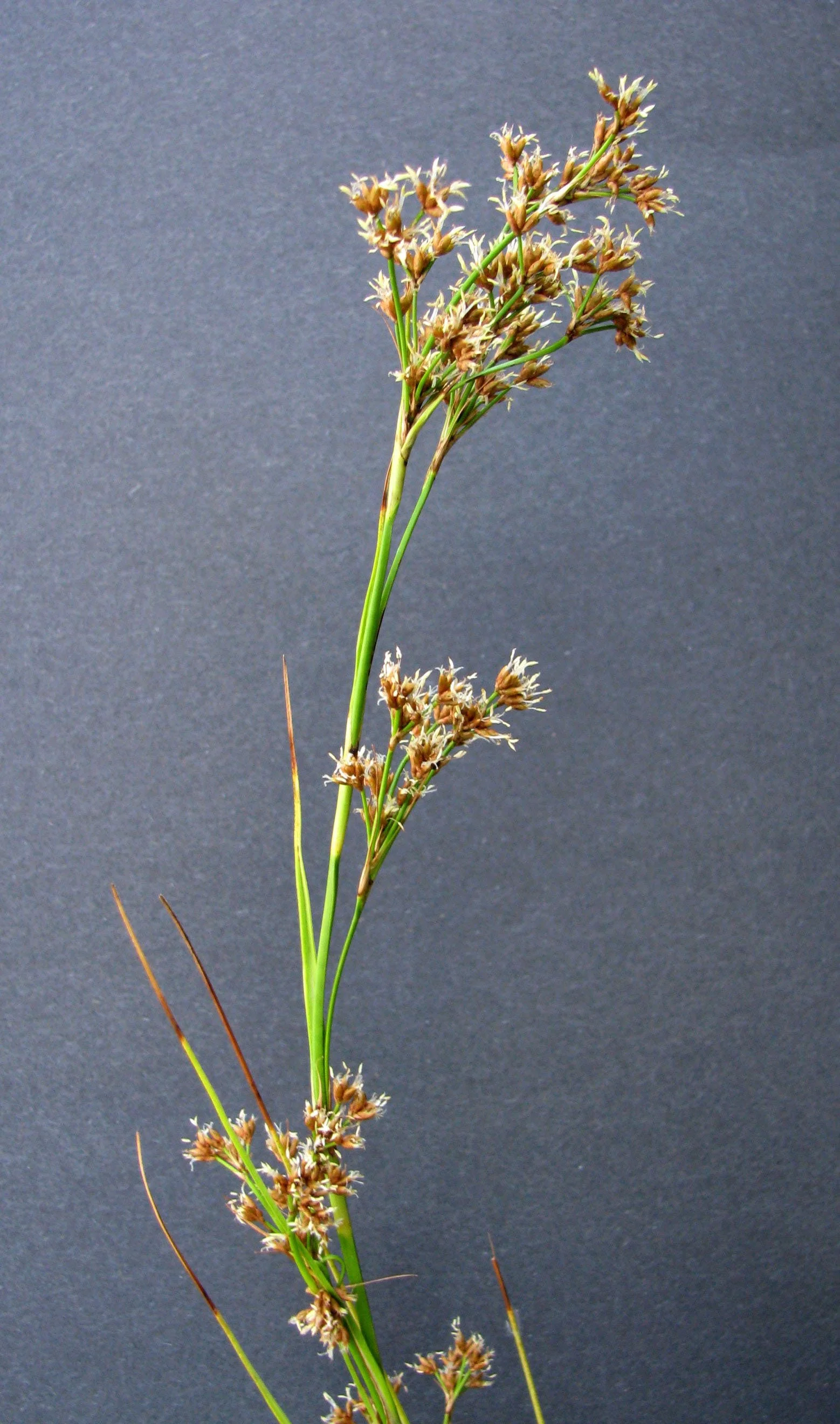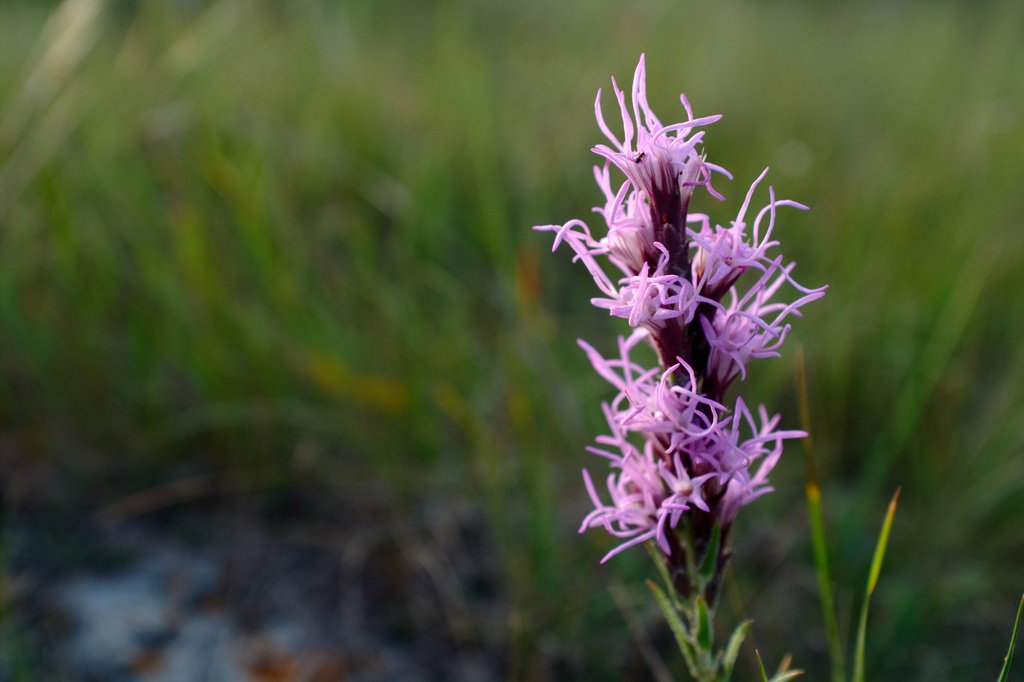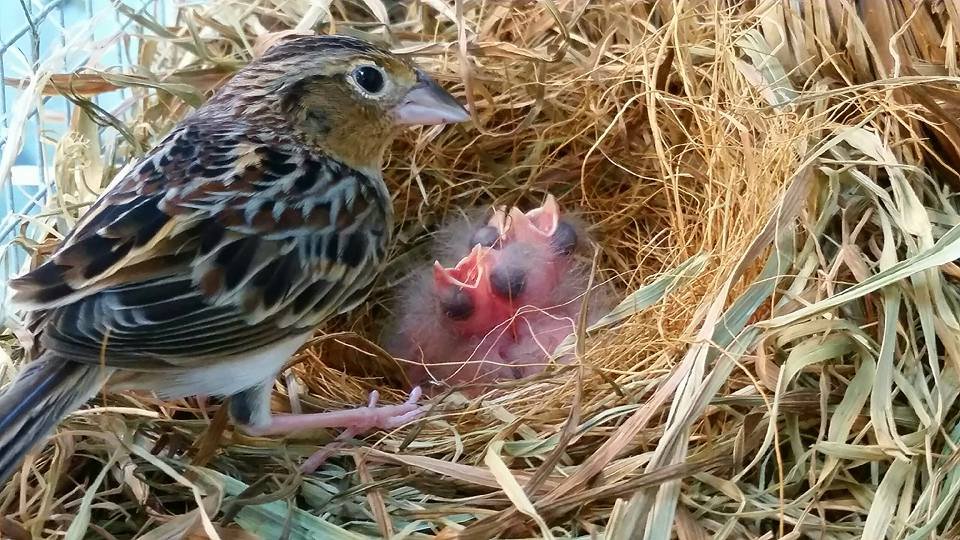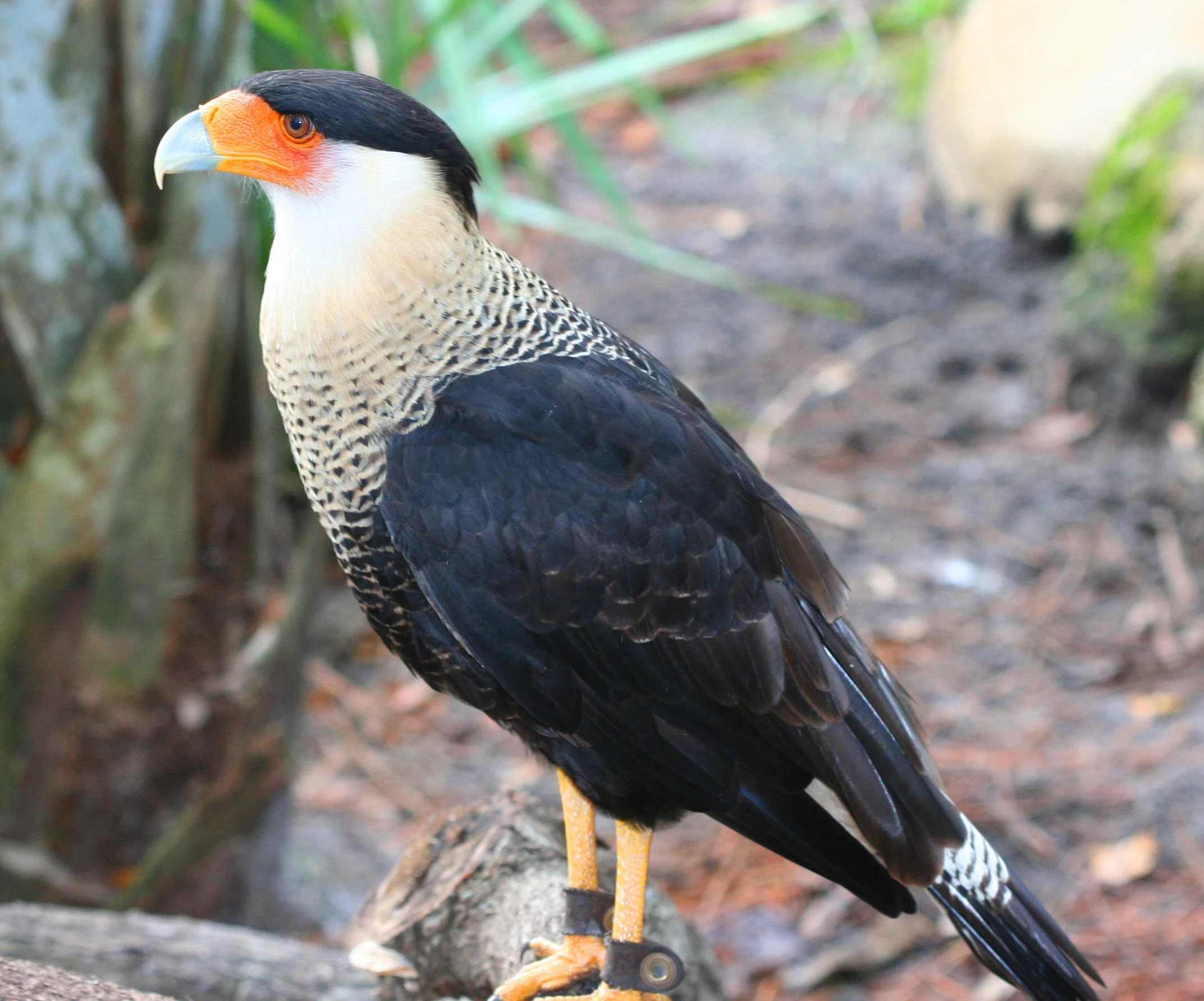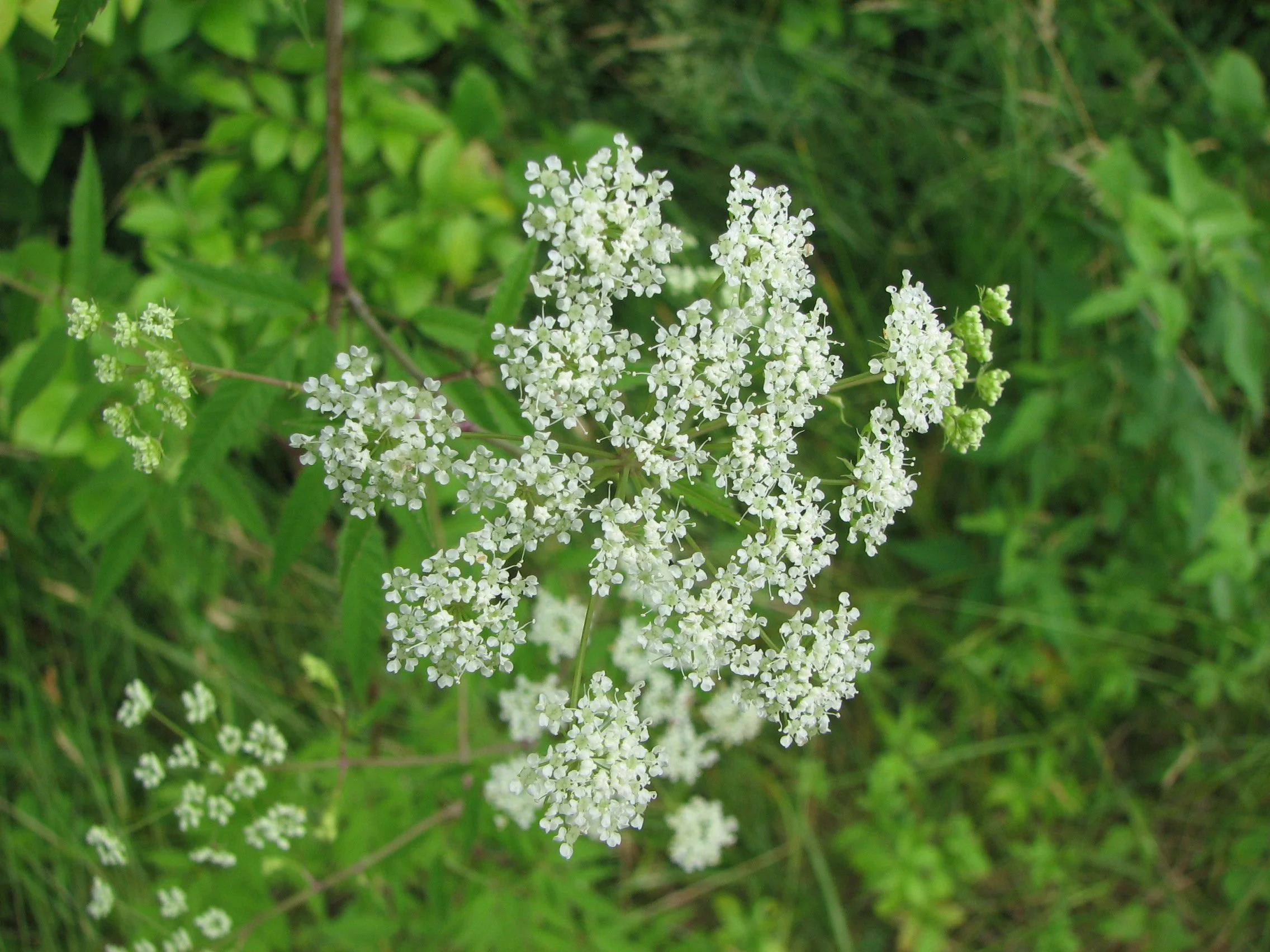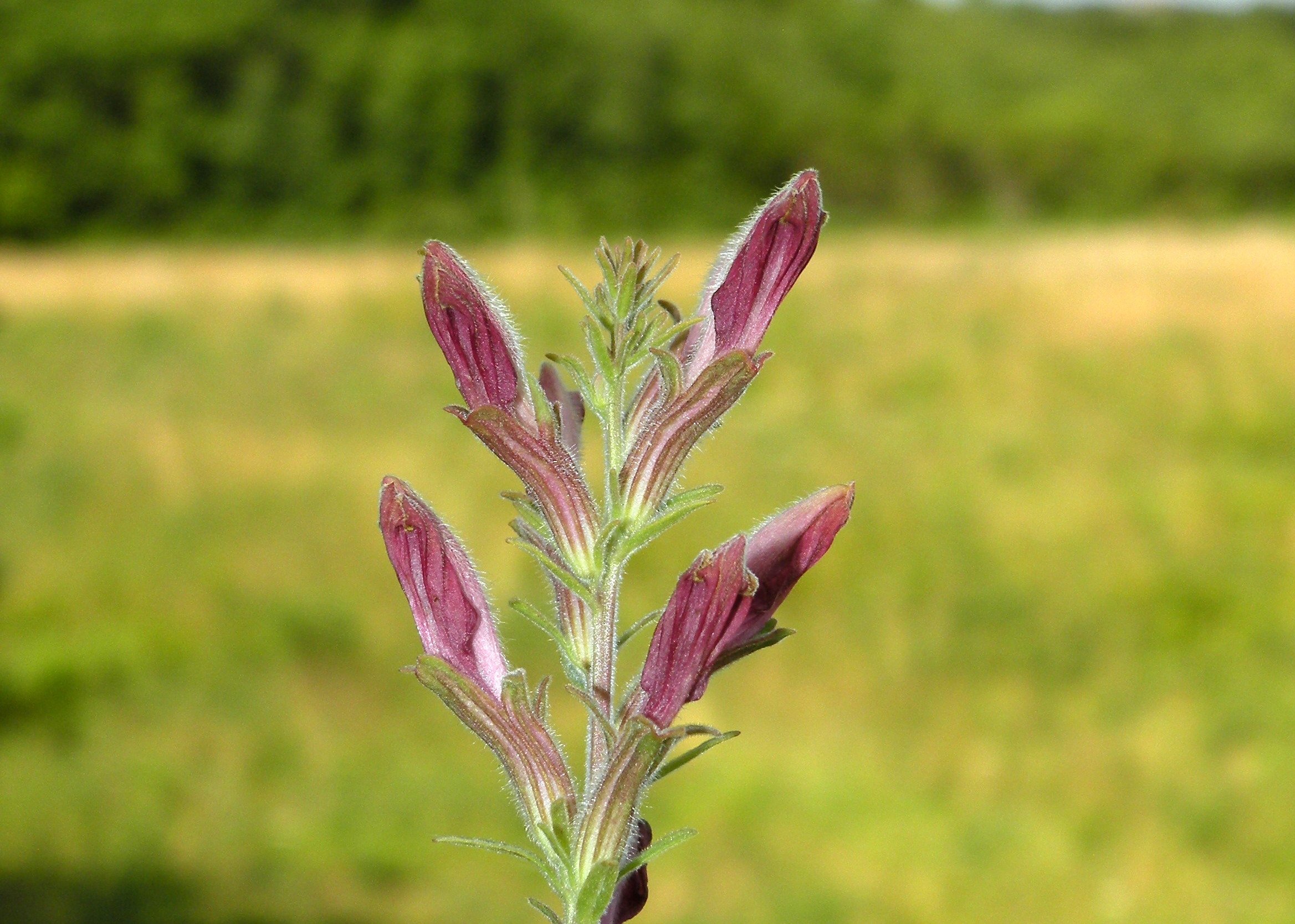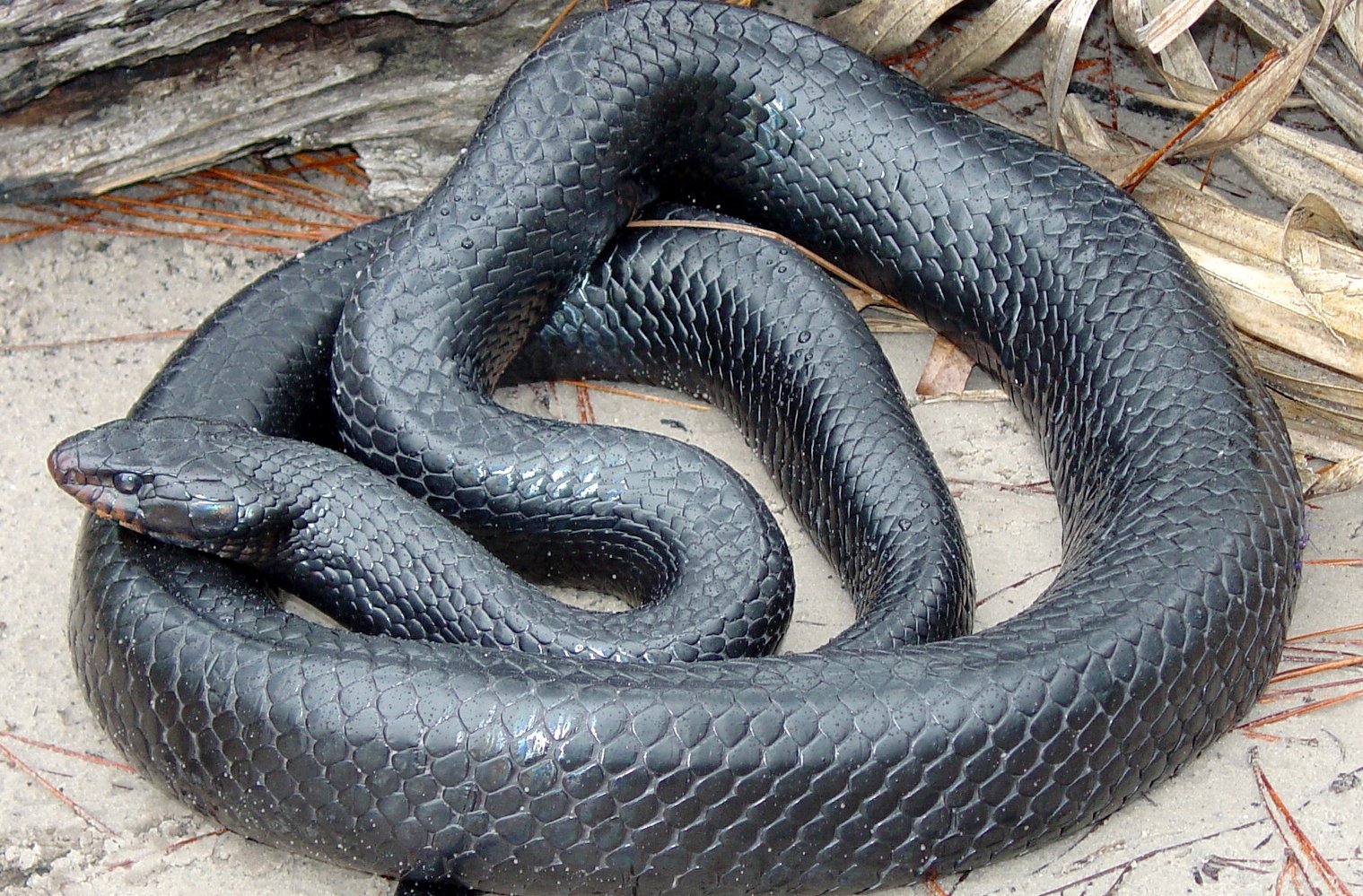
Coastal Prairies
Florida coastal prairies are unique and diverse ecosystems found along the southeastern coast of the United States, particularly in the state of Florida. These habitats are characterized by their flat and open landscapes, dominated by grasses, sedges, wildflowers, and other herbaceous plants that have adapted to the harsh coastal environment.
This grassland ecosystem is found in low-lying areas along the state's coastline. Coastal prairies in Florida are typically located on sandy soils that are subject to periodic flooding and saltwater intrusion. Many of the plants in these ecosystems have developed adaptations to survive in these conditions, such as deep root systems that can access water during dry periods, and the ability to tolerate saltwater exposure.
Florida coastal prairies are vital for maintaining biodiversity, providing habitat for various species, and contributing to the health of coastal ecosystems. However, these habitats are threatened by urban development, habitat fragmentation, altered fire regimes (as fire is essential for maintaining these ecosystems), invasive plant species, and sea-level rise due to climate change.
Preserving and restoring Florida coastal prairies is crucial for the conservation of native plants and animals and the overall health of coastal ecosystems in the region.
Types of Vegetation
Grasses and sedges are the dominant plant types in these prairies. Species like wiregrass (Aristida stricta), muhly grass (Muhlenbergia spp.), and various sedges create the characteristic open and grassy landscape.
These prairies are also home to a variety of wildflowers that can be found blooming during different seasons. Species like blazing star (Liatris spp.), goldenrod (Solidago spp.), and aster (Symphyotrichum spp.) contribute to the biodiversity of the habitat.
Grasses
These grass species collectively create the characteristic grassy landscape of Florida coastal prairies. They provide important ecosystem services such as soil stabilization, nutrient cycling, and habitat provision for various wildlife species. Understanding the role of each grass species within the ecosystem helps inform conservation and management efforts to preserve the unique characteristics of these habitats.
Some of the prominent grass species found in Florida coastal prairies:
Wiregrass (Aristida stricta): Wiregrass is a keystone species in Florida's coastal prairies. It has long, wiry stems that can reach heights of up to three feet. Wiregrass forms dense clumps and its extensive root system helps stabilize the soil and prevent erosion. It is highly adapted to fire, with its above-ground growth burning away while its underground rhizomes remain unharmed, allowing the plant to quickly regenerate after a fire. This adaptation helps maintain the open nature of the prairie landscape and encourages the growth of other plant species.
Muhly Grass (Muhlenbergia spp.): Muhly grasses are a group of native grasses that contribute to the aesthetic beauty of coastal prairies. Their fluffy and colorful inflorescences, which can range from pink to purple, make them a standout feature of the landscape. Muhly grasses play a role in soil stabilization and provide habitat and food sources for wildlife.
Little Bluestem (Schizachyrium scoparium): Little bluestem is a warm-season grass that can be found in Florida coastal prairies. It forms clumps and typically grows to about three feet tall. Its stems turn reddish-brown in the fall, adding visual interest to the prairie. Little bluestem provides cover and food for various wildlife species, and its structure helps create a diverse habitat.
Florida Paspalum (Paspalum floridanum): This grass species is adapted to both wet and dry conditions and can be found in various parts of Florida's coastal prairies. It's a versatile grass that plays a role in soil stabilization and contributes to the overall plant community structure.
Eastern Gamagrass (Tripsacum dactyloides): This grass is particularly important for its tolerance of both wet and dry conditions. It has a clumping growth habit and can reach heights of up to six feet. Eastern gamagrass is known for its deep roots, which aid in stabilizing the soil and preventing erosion. It's a valuable forage plant for wildlife and livestock.
Gulf Muhly (Muhlenbergia cappillaris): Similar to other muhly grasses, Gulf muhly is known for its showy, pinkish-purple inflorescences that appear in the fall. It adds to the visual diversity of the prairie and provides habitat for pollinators and other insects.
Elliot's Lovegrass (Eragrostis elliottii): Elliot's lovegrass is a warm-season grass that can be found in coastal prairies. It produces delicate inflorescences and is often used in ecological restoration projects due to its ability to stabilize soil and provide erosion control.
Sedges
These sedge species collectively contribute to the structure and function of Florida coastal prairies. They play important roles in stabilizing soils, providing habitat and food sources for wildlife, and contributing to the overall ecological health of these unique ecosystems. Just like the grasses, understanding the roles of each sedge species helps inform conservation and management strategies for these valuable habitats.
Sawgrass (Cladium jamaicense): Sawgrass is a defining sedge species in Florida's coastal prairies and wetland areas. It's characterized by its sharp-edged leaves and can grow to impressive heights, often reaching six feet or more. Sawgrass is well-adapted to wet conditions and plays a crucial role in stabilizing wetland soils. It forms dense stands that provide important habitat and nesting sites for various bird species and other wildlife. Despite its sharp edges, it's an important forage source for animals like marsh rabbits.
Three Square (Schoenoplectus pungens): Three square sedge is commonly found in wetter areas of coastal prairies, often growing in the transition zones between wetlands and upland areas. It has triangular stems and produces distinctive clusters of brownish flower spikes. Three square sedge provides cover and nesting sites for birds and other wildlife. It's also an important food source for waterfowl and other aquatic species.
Gulf Coast Sedge (Carex gulfensis): Gulf Coast sedge is adapted to both wet and drier conditions, making it a versatile species in coastal prairies. It forms dense clumps of grass-like leaves and produces inconspicuous flower spikes. Gulf Coast sedge contributes to the diversity of the sedge community in these habitats and provides habitat for insects and other small creatures.
Needlegrass Sedge (Carex stipata): Needlegrass sedge prefers slightly drier conditions compared to some other sedges. It has narrow leaves and produces inconspicuous flower spikes. Needlegrass sedge adds to the overall diversity of plant species within the coastal prairie ecosystem and provides habitat for various insects and small animals.
Softstem Bulrush (Schoenoplectus tabernaemontani): Softstem bulrush is a common wetland sedge found in coastal prairies, often in areas with slightly deeper water. It has round stems and produces cylindrical flower heads. This sedge provides cover and nesting sites for waterfowl and other bird species.
Hairy Sedge (Carex comosa): Hairy sedge is another component of the diverse sedge community in Florida coastal prairies. It has distinctive long, bristle-like inflorescences that give it its name. Hairy sedge contributes to the overall structural complexity of the habitat and offers habitat for various insects and small animals.
Fragrant Sedge (Carex odora): Fragrant sedge is known for its pleasant aroma, especially when its leaves are crushed. It forms clumps of arching leaves and produces inconspicuous flower spikes. Fragrant sedge contributes to the diversity of plant species and provides habitat for insects.
Wildflowers
These wildflowers contribute to the overall beauty, diversity, and ecological function of Florida coastal prairies. They provide habitat, food sources for wildlife, and play a vital role in supporting pollinators and other insects. Understanding the interactions between these wildflowers, the grasses, and the sedges helps us appreciate the intricate balance of this unique ecosystem.
Blazing Star (Liatris spp.): Blazing stars are well-loved wildflowers known for their tall, spiky inflorescences topped with clusters of small, bright purple flowers. They are important nectar sources for butterflies, bees, and other pollinators. Blazing stars are adapted to the well-drained soils of coastal prairies and can be found in open areas with plenty of sunlight.
Goldenrod (Solidago spp.): Goldenrod is a group of wildflowers with vibrant yellow flower clusters that are often associated with late summer and fall. They are important for pollinators and provide essential food sources for migrating insects and birds. Goldenrod species are well-adapted to a variety of soil types and can be found in both wetter and drier areas of coastal prairies.
Aster (Symphyotrichum spp.): Asters are daisy-like wildflowers with delicate, star-shaped flowers that come in a range of colors, including pink, purple, and white. They are important late-season nectar sources for pollinators and contribute to the overall biodiversity of coastal prairies. Asters can be found in a variety of habitats within the prairie, from wetter areas to drier upland zones.
Gulf Coast Lupine (Lupinus westianus): This wildflower is endemic to Florida and is specifically adapted to coastal habitats. Gulf Coast lupine produces spikes of blue to purplish-blue flowers and has distinctive palmately compound leaves. It's an important plant for the host of the Eastern Tiger Swallowtail butterfly, as their larvae feed on the leaves.
Yellow Sneezeweed (Helenium amarum): Yellow sneezeweed is a bright yellow wildflower that adds a splash of color to the coastal prairie landscape. It prefers wetter conditions and can often be found in marshy or moist areas. Despite its common name, it's not related to true sneezeweed (Helenium autumnale) and does not induce sneezing.
Coastalplain Honeycombhead (Balduina angustifolia): This unique wildflower produces dense clusters of small white flowers that resemble the comb of a beehive. It's endemic to Florida and is found in wetter areas of coastal prairies, often in boggy or damp soils.
Tickseed (Coreopsis spp.): Tickseeds are members of the sunflower family and are known for their bright yellow to orange flowers. They bloom prolifically and are excellent nectar sources for pollinators. Different species of tickseed can be found in various habitats within coastal prairies.
Milkweed (Asclepias spp.): Milkweed species are vital for monarch butterflies as their caterpillars exclusively feed on the leaves. These wildflowers have intricate flowers and provide nectar for various pollinators. In coastal prairies, they can be found in areas with sufficient sunlight and well-drained soil.
Endangered Species Living in Coastal Prairies
Florida Grasshopper Sparrow
Crested Caracara
Florida Scrub-Jay
Garber's Spreader
(Cicuta maculata)
Chaffseed
(Schwalbea americana)
Eastern Tiger Swallowtail
Eastern Indigo Snake
Scrub Blazing Star
(Liatris ohlingerae)




